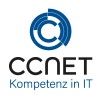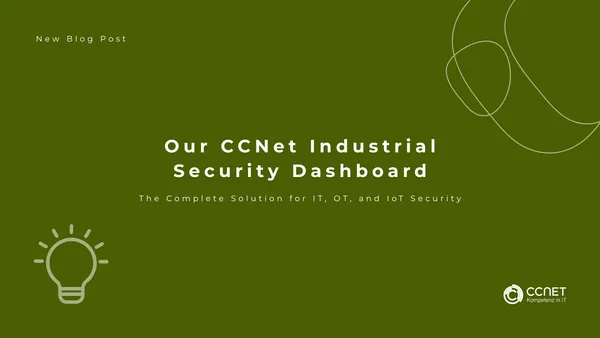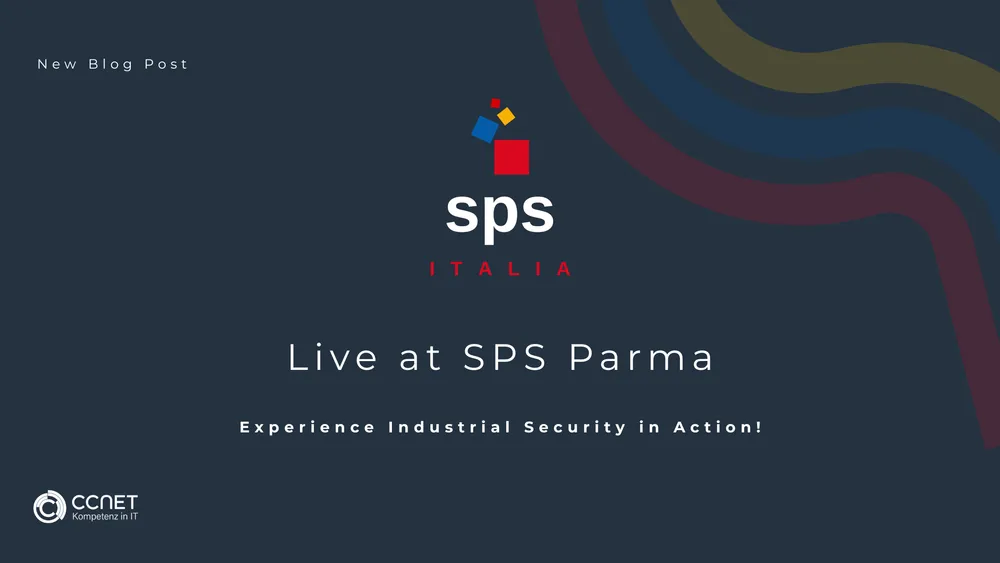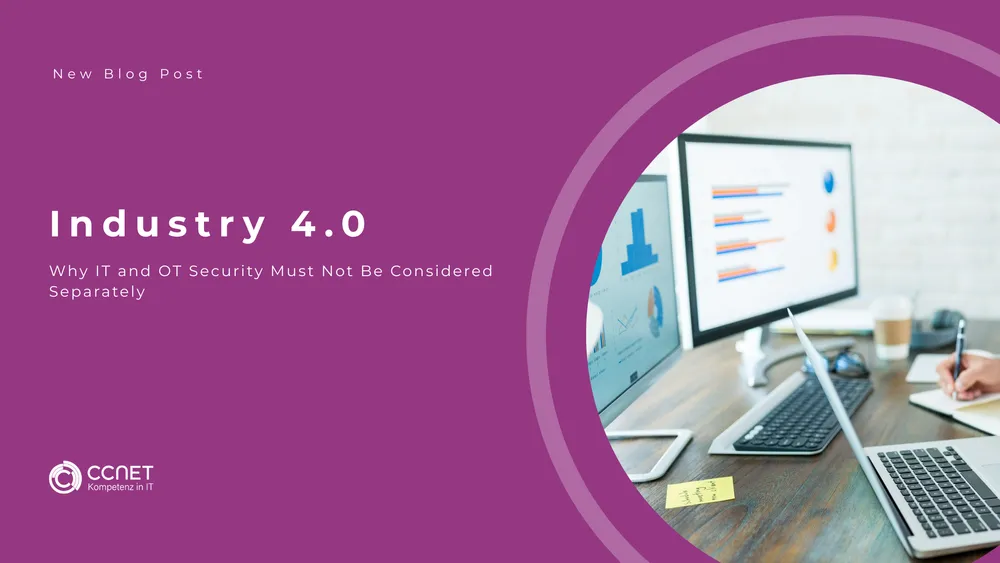
CCNet
Apr 21, 2025 • 2 min read

Industry 4.0: Why IT and OT Security Must Not Be Considered Separately
Industrial Companies Are Vulnerable!
With the increasing digitization and networking of industrial systems, the risk of cyberattacks is rising drastically. Companies that treat IT & OT security separately expose themselves to significant security risks. Production facilities, IoT sensors, and machine controls (PLC, SCADA) are directly connected to IT systems, yet a comprehensive security strategy is often missing.
Why Is This Dangerous?
Hackers can infiltrate the OT network via a compromised IT application, sabotage machines, and cause production downtime.
What Do IT and OT Security Mean in the Industry?
IT security (Information Technology) protects corporate networks, ERP systems, servers, and user accounts.
OT security (Operational Technology) covers industrial control systems, machine communication, and production processes.
Previously, these systems were strictly separated, but with Industry 4.0, they are increasingly merging. Modern manufacturing plants are interconnected, exchanging real-time data with IT systems and being maintained remotely.
The Problem:
Many companies have secured their IT, but OT remains vulnerable. An attack on IT can directly affect production systems.
The 4 Biggest Cybersecurity Risks for IT & OT
-
Ransomware in Production Networks
Ransomware attacks are no longer just an IT problem. Hackers specifically target PLC control systems and SCADA environments, bringing entire production lines to a standstill.
Example: In 2021, the world's largest meat producer, JBS Foods, was hit by a ransomware attack. Production was halted in multiple countries. -
Lack of Network Segmentation
Without a clear separation between IT and OT networks, attackers can move from a compromised office PC directly to machine control systems.
Solution: Companies must implement a next-gen firewall (e.g., Forcepoint) to prevent IT-based attacks from reaching the production network. -
Insecure Remote Access & User Rights
Many manufacturers offer remote access to machines, but secure authentication is often missing.
Solution: With IAM (Keycloak), companies can introduce multi-factor authentication (MFA) & role-based access control. -
Undetected Attacks in OT Environments
IT security teams often only monitor IT – but who watches over OT security?
Solution: SIEM & IDS (e.g., Wazuh, Snort) provide real-time anomaly detection and prevent targeted attacks.
How Companies Can Secure IT & OT Together
Implement Network Segmentation with Next-Gen Firewalls
- Separate IT & OT networks (no direct access to production controls)
- Deploy firewalls with OT-specific security features
Introduce IAM (Identity & Access Management) for All Systems
- Use Keycloak for centralized access management for machines & control systems
- Enforce multi-factor authentication (MFA) for external maintenance teams & admins
Integrate Security Monitoring for IT & OT with SIEM & IDS
- SIEM detects suspicious activities in IT & OT networks
- Intrusion detection protects machine control systems from manipulation
Ensure Compliance & Audits According to NIS2 & IEC 62443
- Document all security measures
- Conduct regular security audits & penetration testing
Conclusion: IT & OT Security Belong Together!
The security strategy of the future must combine IT & OT security.
Companies that leave their production systems unprotected risk production downtimes, data losses, and high fines under NIS2.
How Well Is Your Company Prepared?
Visit us at SPS Parma and experience live how the CCNet Industrial Security Dashboard secures IT & OT!


